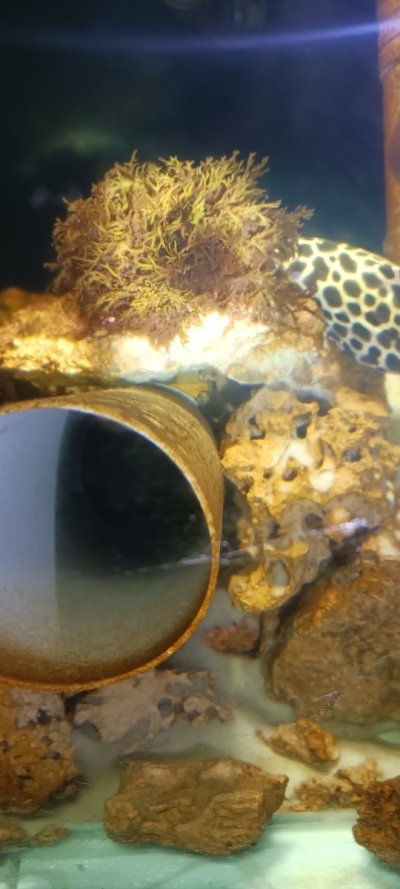I had gone for a vacation for 4 days and didn't have a timer for the light so I decided to keep it on for all that 4 days since I had high elevated nitrates (about 100 or more) i thought that it may all get sucked in those 4 days of continuous lighting but it seems that it's turned a lot of green, is this because of the lack of nutrients or excessive lighting? There also seems to be new algae growing from the live rocks and alot of customs aswell even though the tank is about 1.5 to 2 years old
Should I use chaetogro just to be safe? I don't have one currently but it will take a while if I order one

Should I use chaetogro just to be safe? I don't have one currently but it will take a while if I order one

Last edited:





















